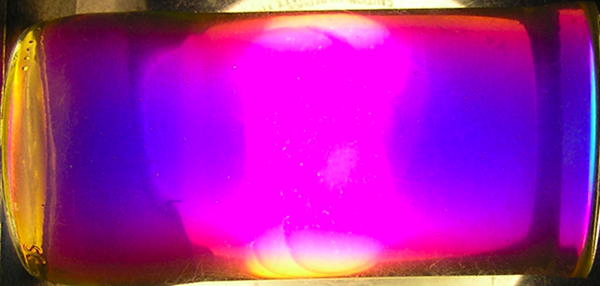Inverse Functions
In the window below you will be able to explore the idea of inverse functions. The inverse of a function f is its reflection in the line y=x (shown below as the dashed blue line). Below the window are more detailed instructions to guide your exploration. (In particular, if the colors are bad for you, scroll all the way to the bottom for directions on changing them.)
Moving and zooming:
Find the crossed arrows (plus sign with arrows). Click that to move around the graph. Click the small triangle in the lower right corner of that icon to get further options: zooming. If you are on a Mac, you can move by holding shift and dragging the mouse and you can zoom by holding shift and dragging the mouse along one of the axes.
Tracing the functions:
(Select the arrow tool at the left end of the tool bar.)
Click on point A (green diamond) and drag with the mouse to move it. What happens when you move A? How do the coordinates of A compare to the coordinates of the blue point.
Trying your own functions:
Double-click on f(x) in the left part of the window above. Now you can type your own function in. Does its inverse look the way you expected it to? Try the following pairs of functions. What do you notice about them?
f(x)=x/2+1 then f(x)=2x-2
f(x)=x^2 then f(x)=sqrt(x)
f(x)=ln(x) then f(x)=e^x
More adventures:
Click the buttons next to the lines a and b. What are these lines? How are they behaving with respect to each other and as you move point A around?
Changing color:
To change color and many other properties of the objects shown above (lines, curves, points), right-click [on Mac that is control-click] the object you want to change. A dialog box will pop up with several tabs. The labels should be fairly self-explanatory. The left three are the most useful.
Lenore Horner, Created with GeoGebra |
